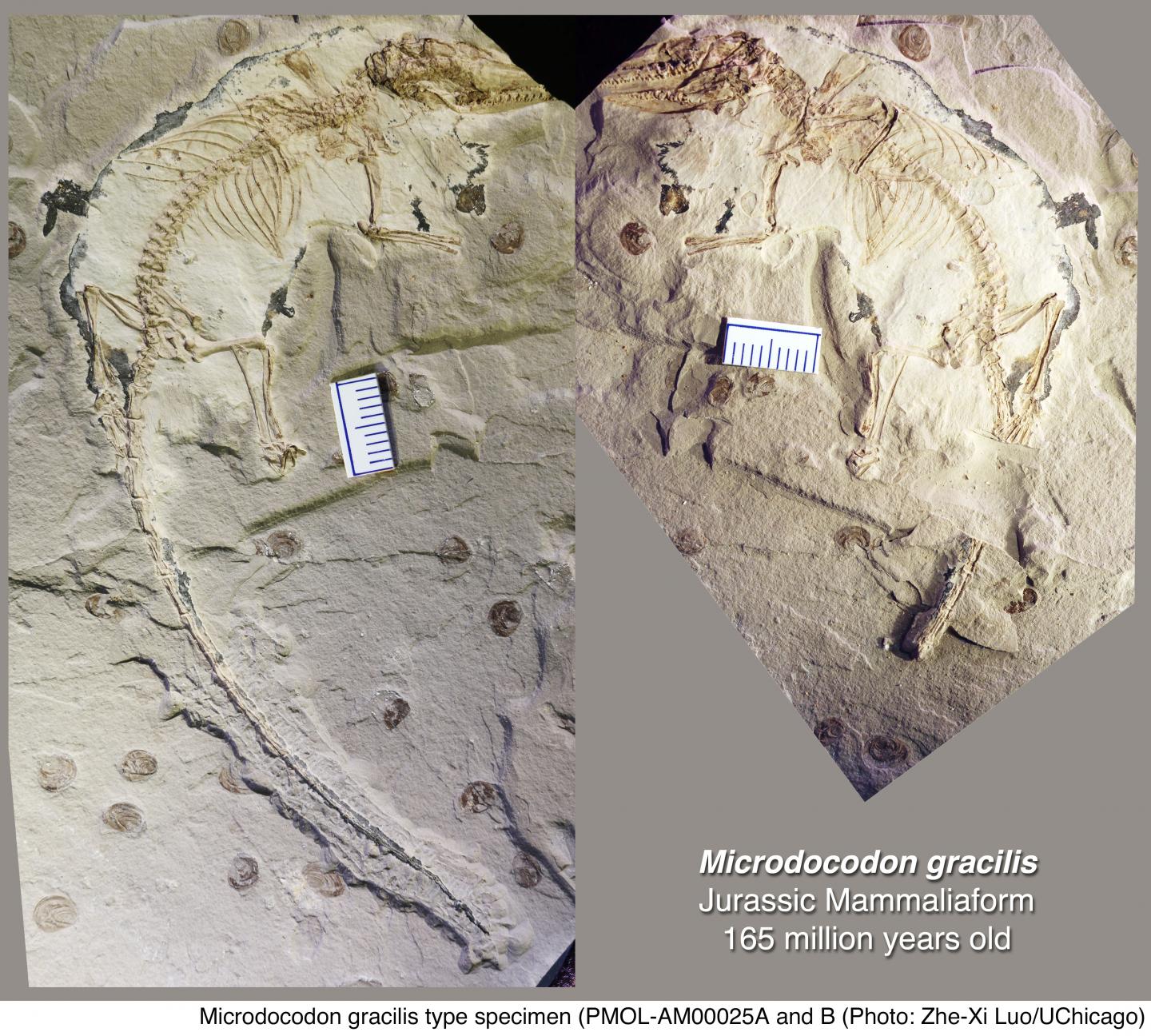Paleontologists unearthed an 165-million-year-old Jurassic fossil that sheds light on how modern mammals learned to swallow. The ancient fossil is the earliest example of how modern hyoid bones functioned throughout the evolution of mammals.
In scientific terms, hyoid bones work to link the back of the mouth known as the pharynx, to the openings of the esophagus and the larynx. All modern mammals including humans have hyoids arranged in a “U” shape, so that food is easily transported and swallowed.
Mammals have a more complex bone system compared to other living vertebrates, when it comes to processing and swallowing food, making them look much more sophisticated compared to the predators that can swallow their prey as a whole, such as snakes and alligators.
“Mammals have become so diverse today through the evolution of diverse ways to chew their food, weather [sic] it is insects, worms, meat, or plants. But no matter how differently mammals can chew, they all have to swallow in the same way,” Zhe-Xi Luo, Ph.D., a professor of organismal biology and anatomy at the University of Chicago and the senior author of a new study of the fossil, published this week in Science said in a statement.
Modern hyoid bones are mobile, allowing the throat muscles to control how much food is swallowed and transported. While other vertebrates also have hyoid bones, they don’t have as complex a structure as that of mammals, as they can only swallow large chunks of food, rather than small lumps like mammals have.
However, for a long time, scientists have tried to unveil the mystery on how modern mammals learned to swallow, and how our hyoid bones evolved to be so advanced. In 2014, Chang-Fu Zhou, Ph.D. from the Paleontological Museum of Liaoning in China, and lead author of the study, unveiled a Jurassic fossil of Microdocodon with its hyoid bones preserved. The fossil was discovered in the popular Jurassic Daohugou site of northeastern China.
“It is a pristine, beautiful fossil. I was amazed by the exquisite preservation of this tiny fossil at the first sight. We got a sense that it was unusual, but we were puzzled about what was unusual about it,” Luo said. “After taking detailed photographs and examining the fossil under a microscope, it dawned on us that this Jurassic animal has tiny hyoid bones much like those of modern mammals.”
The Jurassic fossil they found is a docodont belonging to an extinct lineage of near relatives of mammals that lived in the Mesozoic Era, and were known as mammaliaforms. Scientists believed that hyoids like this would need to be present in all early forms of mammals, but they couldn’t identify how modern mammals learned to swallow. This fossil has allowed scientists to identify and study more hyoid structures observed on other Mesozoic mammals.
“Now we are able for the first time to address how the crucial function for swallowing evolved among early mammals from the fossil record,” Luo said. “The tiny hyoids of Microdocodon are a big milestone for interpreting the evolution of mammalian feeding function.”





